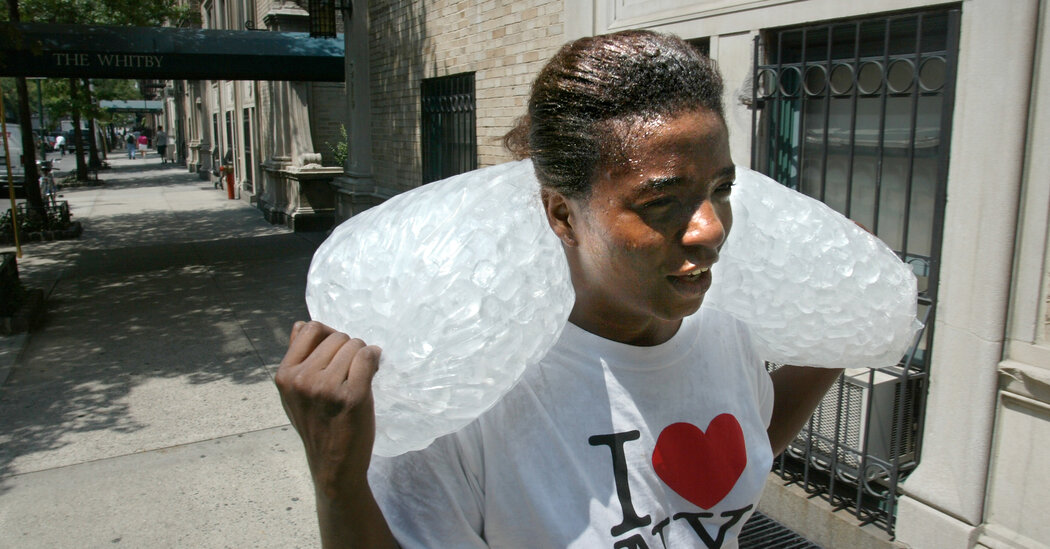Here’s how to protect yourself from dehydration, heat stroke and other serious health problems.
The heat index hit 112 degrees in Miami this week. Monkeys have been dropping dead amid scorching heat in Mexico. India is experiencing its latest heat crisis.
With warmer temperatures comes a greater potential for heat-related illnesses. Rates of emergency room visits for conditions related to heat rose substantially in many parts of the United States last summer, according to the Centers for Disease Control and Prevention. And weather experts are again predicting above-normal temperatures in much of the country this summer.
We asked emergency room doctors around the country what the public should know about extreme heat.
Heat-related illnesses range from minor to life-threatening.
Mild heat illnesses include heat rash; swelling in the hands and feet; muscle cramps; and heat syncope, or a fainting episode after standing too long or getting up suddenly. People with heat exhaustion have more severe symptoms, which could include headache, nausea, vomiting and dizziness.
Dr. Hany Atallah, an emergency medicine physician and the chief medical officer of Jackson Memorial Hospital in Miami, said heat exhaustion is the most common heat-related illness he sees in the E.R. Doctors can usually help patients cool down and hydrate properly and, within a few hours, discharge them, he said.
Heat stroke, which can be caused by exposure to extreme heat or strenuous exertion in high temperatures, is less common but much more dangerous. The hallmark signs are a core body temperature above 104 degrees; and confusion, seizures or other mental status changes in the context of extreme heat exposure.
“The body’s ability to cool itself is impaired,” Dr. Atallah said. The condition can lead to brain damage, muscle breakdown and kidney failure.
